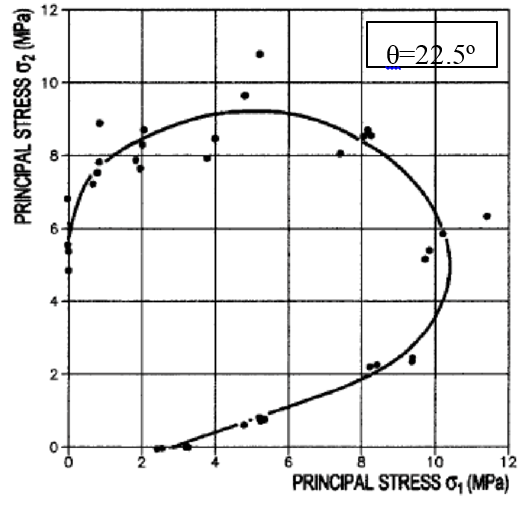P.G. Asteris1 and C.A. Syrmakezis2
- Professor, Computational Mechanics Laboratory, School of Pedagogical &Technological Education, N.Heraklion, GR 141 21, Athens, Greece, pasteris@otenet.gr
- Professor, Institute of Structural Analysis & Aseismic Research, National Technical University of Athens, Zografou Campus, GR 15773, Athens, Greece, isaarsyr@central.ntua.gr
ABSTRACT
The masonry under biaxial stress state is the most common case of walls subjected to complex systems of in-plane loads. Masonry and especially brickwork is a material, which exhibits distinct directional properties because of its anisotropic nature where the mortar joints act as planes of weakness. Taking into account the numerous uncertainties of the problem, an analytical mathematical model describing the masonry failure surface in a simple manner should be an efficient tool for the investigation of the behaviour of masonry structures. To define failure under biaxial stress, a three-dimensional surface in terms of the two normal stresses and the shear stress (or the two principal stresses and their orientation to the bed joints) is required. This paper describes a method to define a general non-dimensional anisotropic (orthotropic) failure surface of masonry under biaxial stress, using a cubic tensor polynomial. The evaluation of strength parameters is performed using existing experimental data via a least squares approach. The derived failure surface is shown to be in good agreement with classical experimental results.
KEYWORDS: anisotropy, failure criterion, failure surface, masonry, cubic tensor polynomial
B4-5



